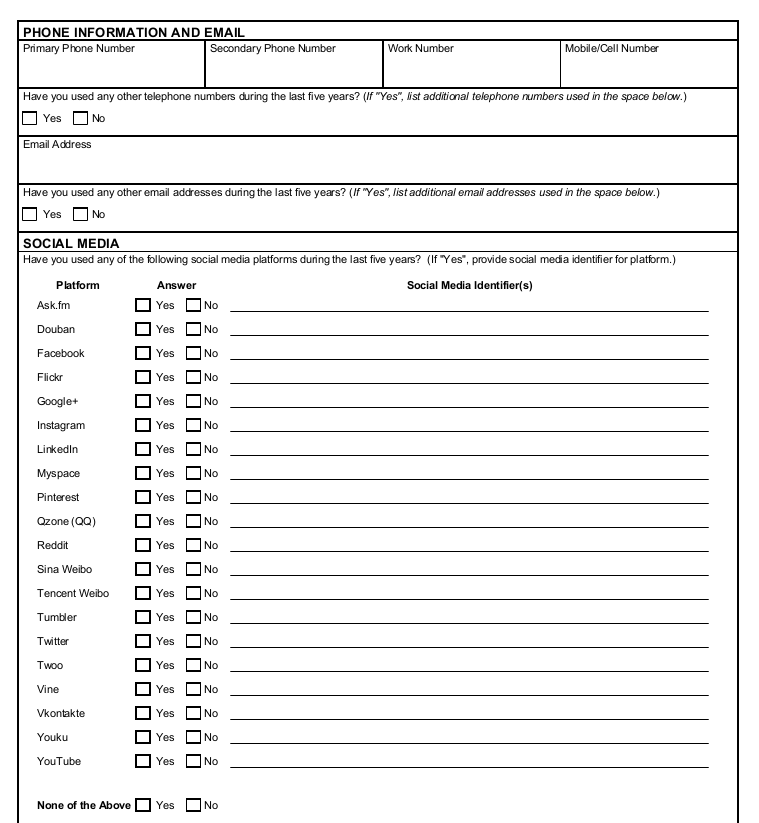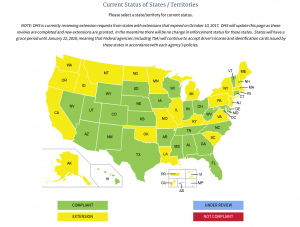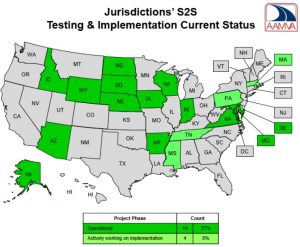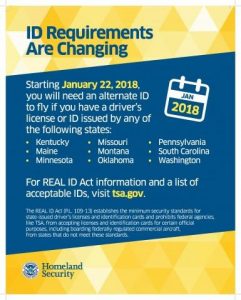Mapping #CheckpointAmerica
Our friends at the Cato Institute have launched a new section of their Website in English and Spanish, Checkpoint: America — Monitoring The Constitution Free Zone. The new site provides annotated maps of the locations and details of known permanent checkpoints operated by U.S. Customs and Border Protection (CBP) to control internal travel on roads within the U.S.
CBP claims the “border” authority to operate permanent or temporary roadblocks and stop and question U.S. citizens without a warrant anywhere within 100 miles of any international border or coastline. Including the Atlantic and Pacific coasts and Great Lakes shorelines, this “border” area includes the majority of the population of the U.S.
Cato compiled information about the checkpoints from non-governmental sources after CBP stonewalled a FOIA request for it: “A 2015 Freedom of Information Act request to CBP filed by Cato Policy Analyst Patrick Eddington for information on these checkpoints has been on administrative appeal for two years.”
The clickable map shows, “overhead and ground-level photography of the facilities, physical descriptions of the checkpoints, and … (where available) press accounts, administrative actions, and court proceedings involving a given checkpoint.”
The new Cato site also acknowledges and links to our friends at Roadblock Revelations (Checkpoint USA), who have been documenting and challenging these checkpoints for many years.



